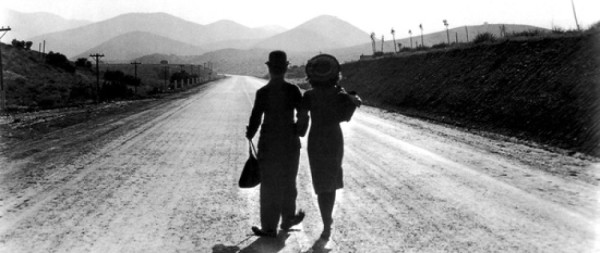Just Pals
Directed by John Ford
Written by John McDermott and Paul Schofield
1920/US
Fox Film Corporation
IMDb page
First viewing/YouTube
Bill: [to Bim] They ain’t nothin’ the matter with you, is there? You didn’t go to school, did you? Then why in hell send me?
A sentimental story told well by John Ford and company.
The setting is a small Western town. Buck Jones plays Bim. He is scorned and ridiculed by all for his laziness and tattered clothes but he has a heart of the purest gold. He has a crush on local schoolmarm Mary (Helen Ferguson). She is being courted by bank clerk Harvey Cahill (William Buckley).
One day, Bim rescues Bill (George Stone), a boy of about ten, after he is forcibly ejected from the train he has hooked a ride on. They become close pals and Bim takes on a fatherly attitude. This includes trying to bathe his charge and sending him to school.

Bill gets injured and the local doctor takes him in. When the doctor’s wife learns there is a large reward for recovery of a runaway fitting Bill’s description, the couple set about separating the two pals. In the meantime, Mary is in terrible trouble after she innocently did a favor for the bank clerk, who is a complete rat. Things get more exciting as the movie draws to a close.

You wouldn’t suspect that the director of this film was John Ford if you didn’t read the credits. On the other hand, the story is very well told and the actors are all charming.
Tribute to John Ford
**************
My next adventure in cinema will be an in-depth exploration of John Ford’s filmography. I still plan to move into 1978 soon but those films are probably not ones my husband will enjoy. I will only review the Ford films here if I have not done so before. If you are curious, you could follow my Instagram account at @flickersintime.
I also watched Ford’s eight-minute documentary on the fate of Torpedo Squad 8 which lost all 15 of its torpedo bombers during the battle of Midway. This is done by showing smiling young men full of life preparing their bombers for battle and then listing the names and ranks of the dead. Very simple and devastating.








